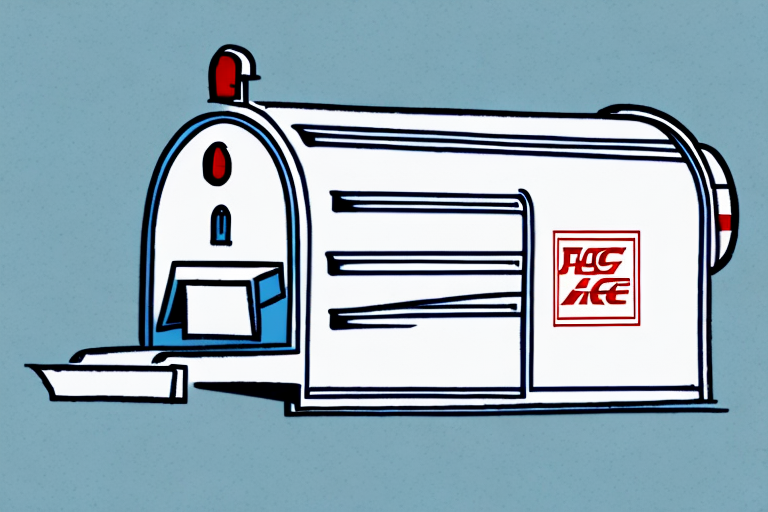Understanding USPS Standard Insurance Coverage
When shipping valuable items via USPS, it's crucial to ensure they are adequately protected. USPS offers standard insurance coverage, but many users are unclear about its specifics. This comprehensive guide delves into USPS standard insurance coverage, helping you make informed decisions when shipping your valuables.
What is USPS Standard Insurance Coverage?
USPS standard insurance provides protection against loss, theft, or damage of your shipment. It is automatically included with certain mail classes, such as Priority Mail and Priority Mail Express. However, this coverage might not fully replace the value of your item if it's lost or damaged.
For instance, if you ship an item worth $500 using Priority Mail, which includes up to $50 of standard insurance, and purchase an additional $500 insurance, your total coverage would be $550. This includes the $50 provided by USPS and the $500 from the extra insurance.
It's essential to review USPS’s insurance policies and guidelines before shipping valuable items, as there are limitations and exclusions to what is covered.
Coverage Details: What’s Included and Excluded
Included Coverage
USPS standard insurance generally covers:
- Loss of the package during transit
- Damage caused to the contents
- Theft of the shipment
The maximum liability limit is $5,000 per package or $50,000 per shipment.
Excluded Items
Standard insurance does not cover:
- Cash, jewelry, or other high-value items
- Perishable goods, alcohol, and tobacco products
- Hazardous materials or live animals
Always verify that your item is eligible for coverage before shipping.
How to File an Insurance Claim with USPS
If your package is lost or damaged, you can file a claim with USPS to recover its value. Follow these steps:
- Report the loss or damage to USPS promptly.
- Provide necessary documentation, including the tracking number, proof of value, and photos of the damaged item.
- Submit your claim within the specified time frame to remain eligible for reimbursement.
The compensation amount depends on the mail service used. For example, Priority Mail Express offers up to $100 of free insurance, while First-Class Mail provides up to $5 of coverage.
Comparing USPS Insurance Options
USPS Standard Insurance vs. Additional Insurance
USPS standard insurance offers basic coverage included with certain mail classes. However, for higher-value items, additional insurance can provide extra protection up to $5,000. Additional insurance requires a fee based on the declared value of the item.
Consider the value of your shipment and the potential risks when deciding between standard and additional insurance.
USPS Priority Mail vs. First-Class Mail Insurance
Priority Mail includes up to $50 of standard insurance, with the option to purchase more. First-Class Mail, on the other hand, offers only up to $5 of standard insurance.
Additionally, Priority Mail is typically delivered within 1-3 business days, whereas First-Class Mail may take 3-5 business days. For valuable or time-sensitive items, Priority Mail provides better insurance coverage and faster delivery.
Costs of USPS Insurance
The cost of USPS insurance varies based on the item's value, mail class, and destination. Insurance is typically priced per $100 of coverage. For example:
- Priority Mail: Approximately $2.85 per $100
- First-Class Mail: Approximately $2.10 per $100
Factors such as package dimensions and weight can also influence the insurance cost. Always consult the USPS official website for the most accurate and up-to-date pricing information.
Tips for Ensuring Your Insurance Claim is Approved
To avoid denied claims, follow these best practices:
- Proper Packaging: Ensure your item is securely packaged to prevent damage during transit.
- Documentation: Include all necessary documents, such as the tracking number and proof of value.
- Timely Filing: Submit your claim within the USPS-specified time frame (7 days for Priority Mail Express and up to 60 days for other services).
Adhering to these guidelines increases the likelihood of a successful insurance claim.
Additional Considerations for Valuable Shipments
For items exceeding the standard insurance limits or those that are inherently valuable (e.g., antiques, electronics), consider the following:
- Specialized Insurance: Some carriers offer specialized insurance for high-value items.
- Signature Confirmation: Adds an extra layer of security by requiring a signature upon delivery.
- Tracking Services: Enhanced tracking can provide real-time updates and reduce the risk of loss.
Exploring these options can provide additional peace of mind when shipping valuable items.
Conclusion
Understanding USPS standard insurance coverage is essential for protecting your valuable shipments. By comprehending the coverage details, knowing how to file claims, and considering additional insurance options, you can ensure that your items are adequately protected during transit.
For more information and to verify the latest USPS insurance policies, visit the official USPS website.






















